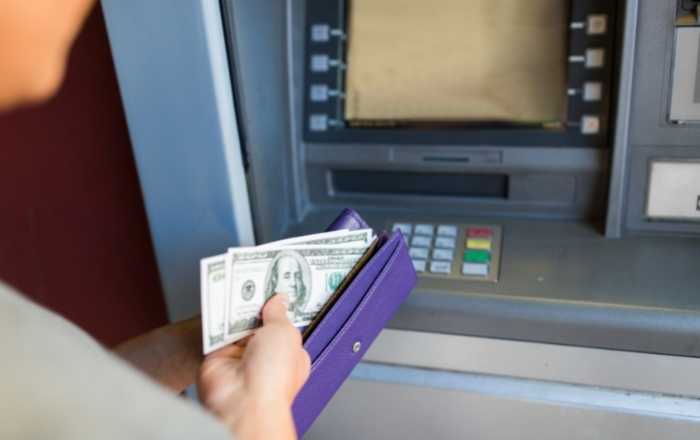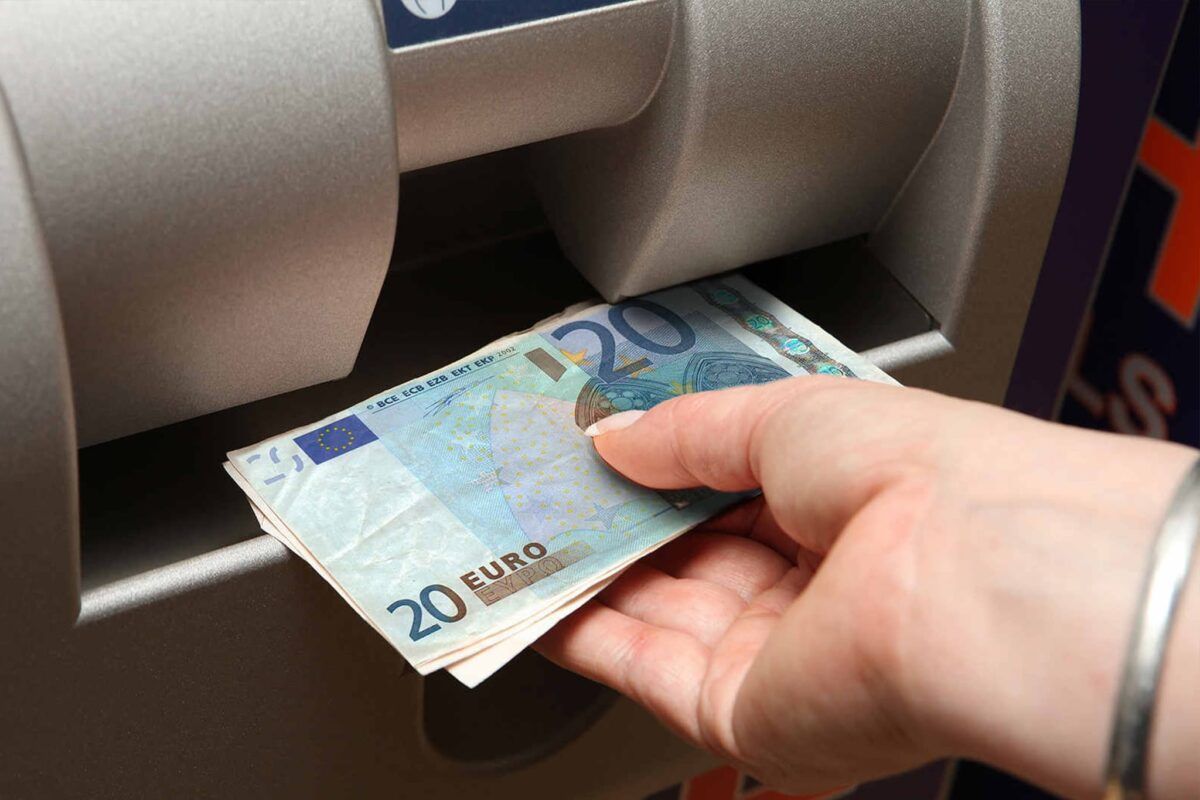Traveling abroad is an exciting experience, but it also brings financial considerations that shouldn’t be ignored. One common issue faced by American travelers and international cardholders is the cost of withdrawing cash overseas. Many people are surprised when they return home to find unexpected charges on their bank statements after using their U.S. debit or credit cards internationally.
International withdrawal fees are not only about the amount you withdraw, but also about how your bank processes the transaction. These fees can vary significantly depending on the type of account you have, the bank you use, and the country where the withdrawal occurs. Knowing how they work can help you save a considerable amount of money and avoid unpleasant surprises during your trip.
What are international withdrawal fees and why do they exist

International withdrawal fees are charges applied when you use an American-issued debit or credit card to withdraw cash from an ATM outside the United States. These fees are typically a combination of a flat rate fee and a percentage of the transaction amount. Most banks and card issuers impose these charges to cover the cost of currency conversion, ATM network use, and processing.
When a cardholder uses an ATM abroad, several institutions may be involved in the transaction. The local ATM operator might charge a fee, and then the American bank issuing the card might also add its own fee. This layering of fees can quickly add up, making international withdrawals much more expensive than domestic ones.
How American banks structure international withdrawal fee
The structure of international withdrawal fees varies from one bank to another, but there are three primary components that most American banks include. The first is the ATM access fee, which is charged simply for using an out-of-network ATM, and this fee can apply even within the United States. When abroad, this fee is usually higher and reflects the added costs of international network usage.
The second component is the currency conversion fee, also known as a foreign transaction fee. This is usually a percentage—commonly 1% to 3%—of the total withdrawal amount. This fee covers the cost of converting U.S. dollars into the local currency. Some banks waive this fee for premium accounts or offer reimbursement for certain customers.
Which American banks offer the most favorable international withdrawal policies
Not all banks charge the same for international withdrawals. Some American banks are more traveler-friendly and offer better terms, especially for customers with premium or travel-focused accounts. For instance, Charles Schwab Bank is often cited as one of the best options for international travelers, as it reimburses all ATM fees and does not charge foreign transaction fees.
Fidelity also offers competitive terms with its Cash Management Account, which reimburses ATM fees and does not charge for international withdrawals. Another popular option is Capital One, which offers accounts that do not impose foreign transaction fees, although some ATM usage fees may still apply abroad depending on the network used.
Tips to reduce or avoid international withdrawal fees
There are several strategies you can use to reduce or even eliminate international withdrawal fees when using an American bank card. One of the simplest methods is to choose a bank that reimburses ATM fees or offers international-friendly accounts. As mentioned earlier, banks like Charles Schwab and Fidelity are excellent for this purpose.
Another tip is to withdraw larger amounts of money less frequently. Since many of the fees are per transaction, reducing the number of withdrawals can lower your total fees. However, this comes with the risk of carrying more cash, which may not always be ideal depending on your destination.
The hidden cost of currency conversion and dynamic currency conversion traps
Another element of international withdrawals that many travelers overlook is dynamic currency conversion (DCC). This occurs when an ATM gives you the option to convert the transaction into U.S. dollars at the point of withdrawal. While this may seem convenient, it’s almost always a bad idea financially.
Choosing to be charged in U.S. dollars allows the foreign ATM operator to set the exchange rate, which is usually far worse than the rate your bank would provide. In addition to inflated rates, there may also be hidden fees built into the conversion, making the total cost significantly higher.
How credit unions and online banks compare for international withdrawals
Many travelers find better options for international banking through credit unions or online banks. These institutions often offer lower fees or more favorable terms than traditional big banks. For example, Alliant Credit Union and PenFed provide accounts with low or no international ATM withdrawal fees for qualified members.
Online banks like SoFi, Ally, and Chime have also made efforts to attract customers with travel-friendly features. While not all of them reimburse international ATM fees, some do waive foreign transaction fees or offer ATM fee reimbursements domestically and internationally. As competition grows among fintech and online-only banks, more international-friendly options are becoming available.
Still, not every credit union or online bank provides the same level of global accessibility. It’s important to verify whether your institution supports international ATM access, has emergency card replacement options, and offers responsive customer service in case of international card issues.
Planning ahead: how to prepare for international ATM use
Preparing in advance is essential for minimizing international withdrawal fees. Start by notifying your bank of your travel plans to prevent fraud alerts from freezing your card abroad. Most banks allow you to set travel notices online or via mobile apps, which can help ensure uninterrupted access to your funds.
Next, research ATM locations in your destination country and identify those that are within your bank’s global network, if available. Apps and websites like Visa ATM Locator or Mastercard ATM Locator can help you find ATMs that may offer reduced fees or better access. Some banks even have their own ATM finder tools specifically for international use.
Final thoughts: balancing convenience with cost when withdrawing abroad
International ATM withdrawals can be convenient, but they often come at a high cost if you’re not informed. The combination of flat fees, currency conversion costs, and ATM operator surcharges can eat into your travel budget. Understanding how these fees work, and how they differ between banks, puts you in control of your financial decisions abroad.
Choosing the right bank, using global ATM networks, and avoiding traps like dynamic currency conversion are all part of a smart international withdrawal strategy. While no method can guarantee completely fee-free access to foreign cash, there are plenty of ways to minimize your expenses and keep more of your money where it belongs—your pocket.
Whether you’re planning a short vacation or a long-term stay overseas, managing your banking needs ahead of time can make a significant difference. With a bit of preparation and the right knowledge, you can travel the world without letting fees slow you down.


